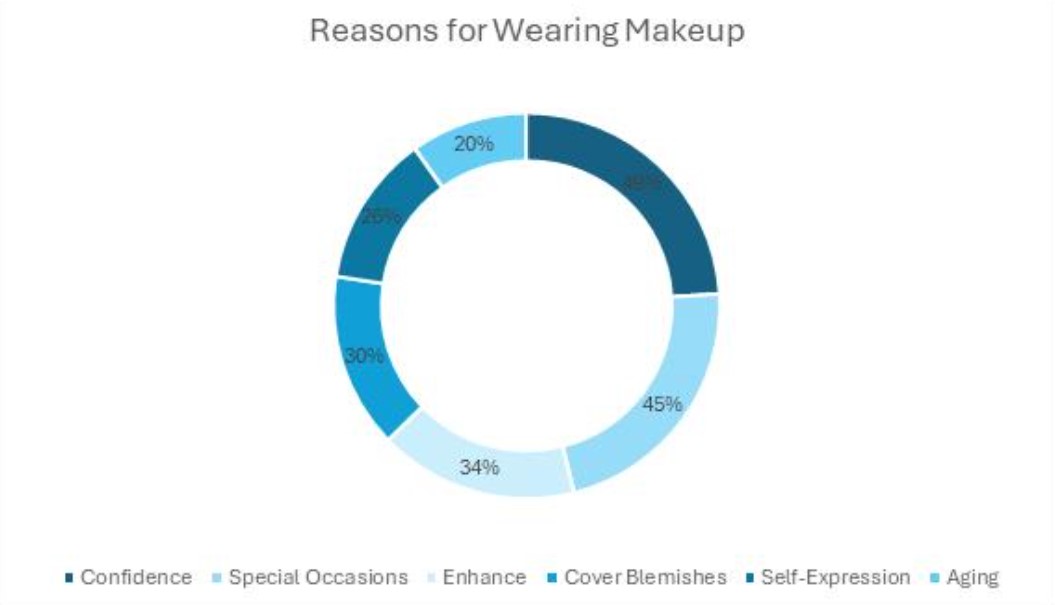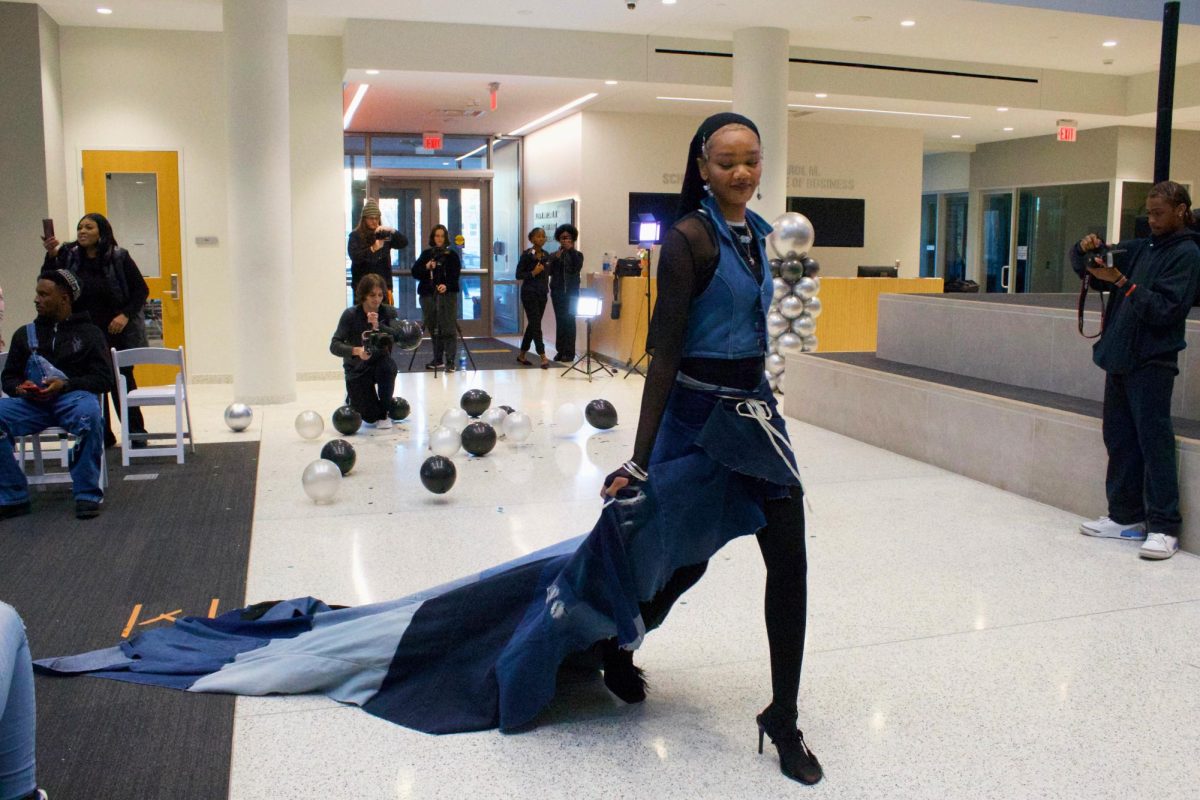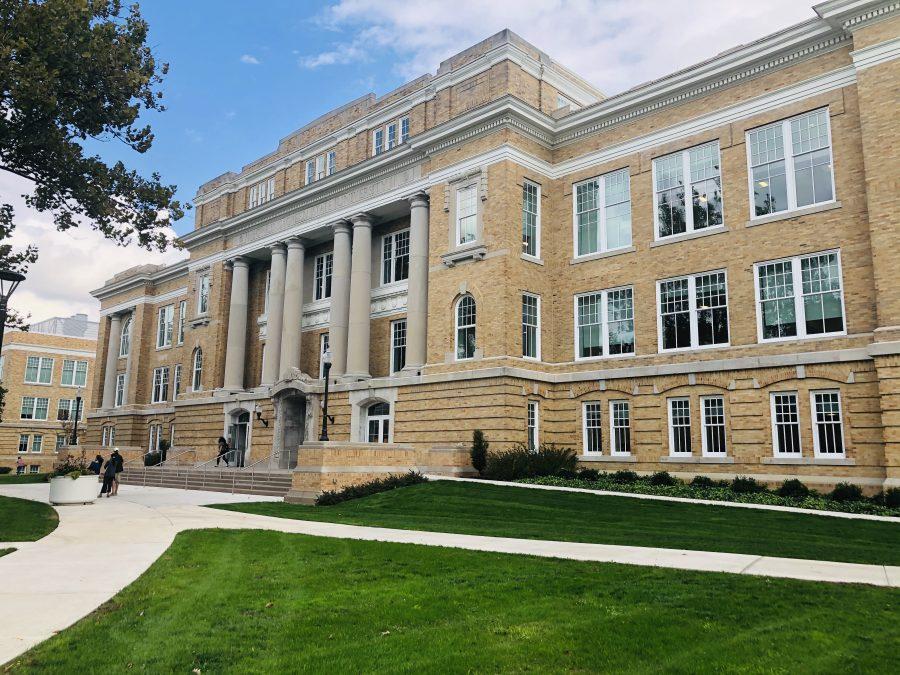By Trenton Daniel MCT
MIAMI – A plan in the early 1970s to create a massive artificial reef off Fort Lauderdale, Fla., has turned into an environmental mess with the U.S. Navy, Broward County and others trying to figure out how to remove about two million tires covering 36 acres of ocean floor.
What was intended to lure game fish now is damaging coral reefs and littering Broward’s tourist-populated shoreline.
“They thought it would be a good fish habitat. It turned out to be a bad idea,” said William Nuckols, project coordinator and military liaison for Coastal America, a federal group involved in the cleanup. “It’s a coastal coral destruction machine.”
The tires dot the ocean bottom a mile and a half from the end of Sunrise Boulevard.
Environmentalists say strong tides cause the loose tires to knock against coral reefs, disrupting the ecosystem. In some cases, tires have washed ashore.
Now, the U.S. Navy, Broward County and a few other groups are looking at a three-year plan to remove the tires. The organizers surveyed the waters last month.
“We’re trying to work out all the specific details,” Nuckols said.
Touted as the largest of its kind nationwide, the tire reef was created with the best of intentions.
In the spring of 1972, a nonprofit group called Broward Artificial Reef, or BARINC, hatched an idea to build a three-mile reef. The U.S. Army Corps of Engineers endorsed the project; similar ones had been created in the Northeast and Gulf of Mexico.
Broward County pitched in with the funds. BARINC even raised $8,000 from bingo games.
The tires came from Goodyear and junkyards, bundled on barges to be dumped at sea. The idea was that an artificial reef – called Osborne Reef – would form.
But it didn’t work.
Metal clips holding the tires together corroded, and the tires spilled across the ocean floor. Unlike sunken barges also used to build artificial reefs, the tires moved with the tide, and marine life never formed. Fishermen grumbled that game fish never came because the water there was too shallow.
“I do know we made a mistake in doing it,” said Ray McAllister, a BARINC founder and now professor emeritus of ocean engineering at Florida Atlantic University. “They weren’t the great attractions we thought they would be.”

















